Budget wise I would have to consider whether I am going to make the service available online on a website, keep it app based or have both, each to their own affecting the price dramatically. Initially I believe I would start advertising the service as an app to be used by the teacher in classrooms and the parent at home as being able to monitor the child whenever and wherever is a main feature of the services advantages. However if there was a demand after the app had been taken to a point where functionally successful, there could be the opportunity to turn the app into a server that could also run on a website.
App store prices
To get the app on the app store I would have to pay to join the Apple’s app developer program, this will cost me 99 USD per membership year.
Publishing to Google play is free
The cost of a website according to the company expert market listed on their website http://webdesign.expertmarket.co.uk/how-much-does-website-cost#First%20Website
The cost of a first website will roughly be:
Domain name and hosting – £0.99-£50
Domain names need to be unique as two companies cannot share one name. A .co.uk or .biz are the cheapest options costing around £3 a year, whilst the more popular .com domain costs as much as £10 a year.
Every website needs to be hosted on a web server. Again there are free options available, via Google for example, but these are limited and not always reliable.
Hosting on a web server containing other sites usually costs around £10 a month. To have your own server is much more expensive with costs averaging around £60 a month.
Simple design work – £400-£600
Ongoing costs – £0-£10 per month
Overall cost – £400-£770
The cost of a small business website will roughly be:
Domain name and hosting – £0.99-£100
Design work – £600-£1,200
Programming – £900-£2,000
Ongoing costs – £0-£30 per month
Overall cost – £1,000-£3,500
The cost of a medium-sized website will roughly be:
Domain name and hosting – £0.99-£300
Design work – £800-£1,800
Content creation (in-house or freelance) – £100-£1,000
Programming – £1,000-£3,000
Ongoing costs – £0-£60 per month
Overall cost – £1,800-£6,700
Adobe Creative suite costs £45.73
App Team:
- Project Manager
- Business Analyst
- 2-4 developers
- UX/UI designer
- QA engineer
- Backend Developer
- Admin
- Panel Designer
Crew will be paid by experience and sklll level and usually attract an hourly cost of £25-30.
Realisticly the whole project will take about 6 months to complete.
Other potential costs to consider:
- API integration
- Custom design components
- Heavy tech components
- Admin panel development
- Marketing and promotion
- Support & updates
- Backend maintenace/BaaS subscription
- Cloud hosting
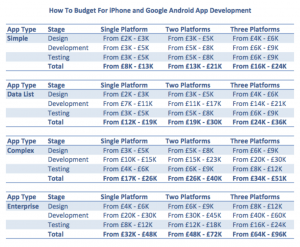


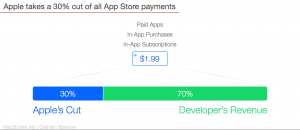
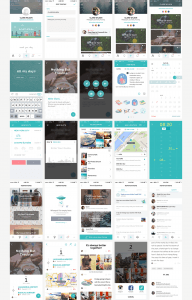

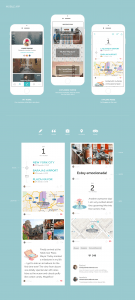


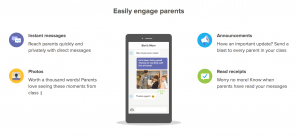
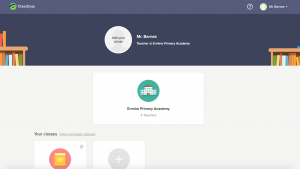
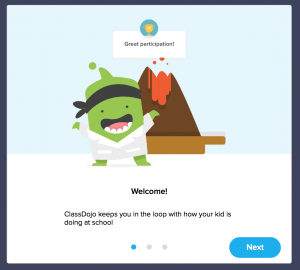
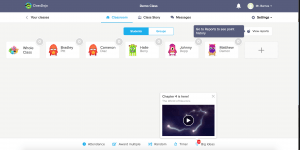
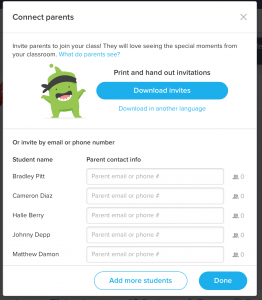
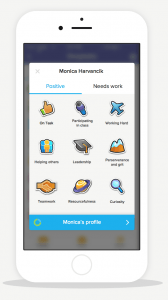
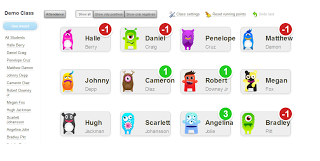 ‘A major concern is that the point system that the app operates by publicly shames students infront of their classmates, which isn’t motivating and doesn’t encourage longterm change. If you are a child who is usually on task and doing well, but sometimes slips up, your mistakes are now made BIGGER. Your occasional goof ups become public errors, and they suddenly become a much bigger deal. Everyone has bad days sometimes. Let’s imagine that it is not your best day, or worse, it is a terrible day. Everything seems to be going wrong. We all have those experiences. If you are in a classroom where that is understood, and your teacher and peers accept you with an attitude of forgiveness and a fresh start, your next day can be good. You know you can go back to school and try again. However, if you are in a classroom where your failures are publicly displayed, you are likely to return to school anxious. You are embarrassed and fearful of having the same bad day again.’
‘A major concern is that the point system that the app operates by publicly shames students infront of their classmates, which isn’t motivating and doesn’t encourage longterm change. If you are a child who is usually on task and doing well, but sometimes slips up, your mistakes are now made BIGGER. Your occasional goof ups become public errors, and they suddenly become a much bigger deal. Everyone has bad days sometimes. Let’s imagine that it is not your best day, or worse, it is a terrible day. Everything seems to be going wrong. We all have those experiences. If you are in a classroom where that is understood, and your teacher and peers accept you with an attitude of forgiveness and a fresh start, your next day can be good. You know you can go back to school and try again. However, if you are in a classroom where your failures are publicly displayed, you are likely to return to school anxious. You are embarrassed and fearful of having the same bad day again.’